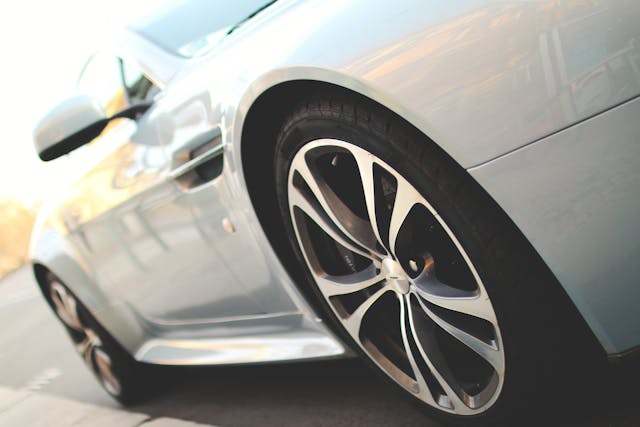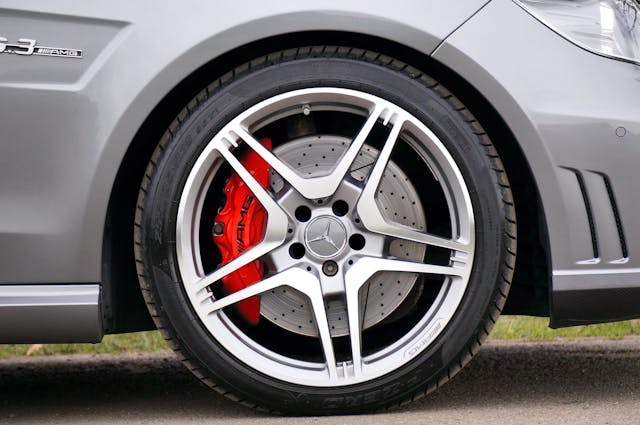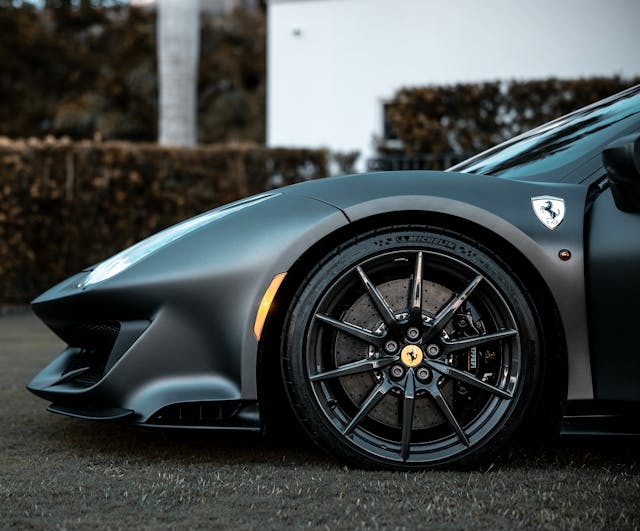To be precise, increasing tire width will increase fuel consumption, not wheel size.
For example, the wheel size is upgraded from 16×7.0 to 18×8.0, and the tire is upgraded from the original 225/55R16 to 225/45R18. The wheel size is upgraded, but the tire width is not increased. Therefore, not only does the fuel consumption not increase, but it will be slightly reduced. The reason is that the tire is flatter and has enhanced rigidity, which reduces fuel consumption and starts faster. But if it is changed to 245/40R18 tires, the tire width increases from 225 to 245, and the fuel consumption per 100 kilometers will increase by about half. What should I pay attention to when upgrading wheels?
First, the PCD (bolt hole) of the new wheel must be the same as the original one, otherwise it cannot be installed on the car.
Second, the offset ET of the new wheel hub should be similar to the original one (generally speaking, the original car ET 3 ~ original factory ET-5 is a more suitable range);
Third, the center hole of the new wheel hub should be the same as the original one or larger than the original one. If the center hole is larger than the original one, a corresponding reducer ring (also called a shaft sleeve ring) needs to be added. The use of a reducer ring does not affect the safety of the wheel hub, because the center hole of the wheel hub is not subjected to force. However, if the processing accuracy of the reducer ring is not high enough, it may affect the installation accuracy of the wheel hub;
Fourth, the outer diameter of the tire after the wheel hub upgrade should be basically consistent with the original one, and the change cannot exceed 3%;





















